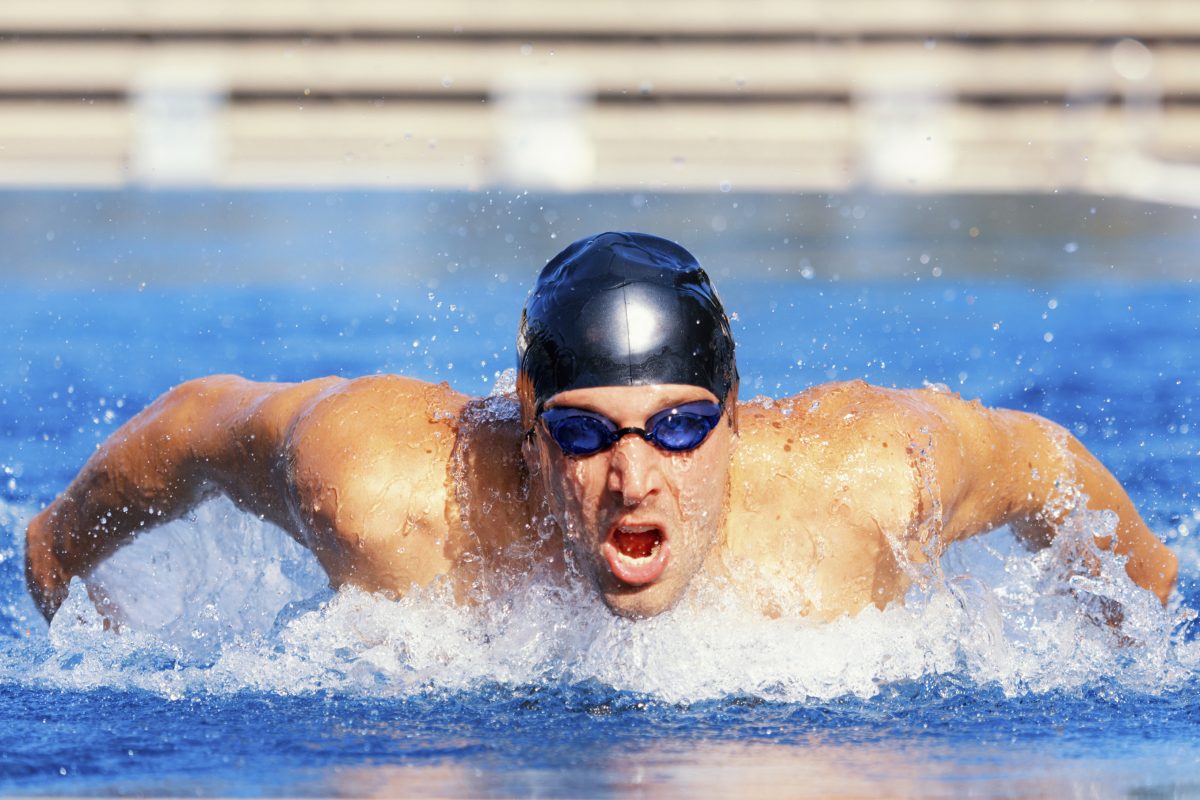Editor’s Note: This story — written by Kim Krieger — originally appeared on UConn Today, the University of Connecticut’s news website.

As you watch this year’s summer Olympics, pay attention to the athletes from smaller countries. There’s a good reason why some countries manage to produce elite athletes consistently, even though they’re drawing from populations much smaller than those of China, Brazil, or the U.S. They cultivate them differently.
“In U.S. sports, we focus too much on early success,” says Jaci VanHeest, associate professor of educational psychology in the Neag School of Education at UConn. And that detracts both from the kids who play and from our country’s potential success in games like the Olympics.
In the U.S., it’s become common to sort kids in sports by the age of 8 or 10. We put the kids who perform well – those who score the most goals, or run the fastest, or seem most coordinated – onto travel teams or ‘A’ leagues. Other kids can still play, but are often overlooked for future opportunities, or get discouraged and quit altogether.
VanHeest calls this the “Hunger Games” model, and says it’s misguided. Most people don’t display their true physical potential or agility until after the age of 10 to 12. Other critical aspects of success, such as power and psychological resilience, don’t become apparent until the mid- to late teens.
Identifying athletic talent
“If you look at the Rio Games, probably less than 75 percent of the champions will have been standouts at age 10,” VanHeest says. And she would know. She was one of a team of physiologists employed by U.S. Swimming in the early 1990s to identify promising young swimmers who just might become champions at the Sydney Olympics eight years later. You’ll recognize the names of the some of the swimmers she and her colleagues identified: Natalie Coughlin, for example, and Michael Phelps.
The physiologists looked at young swimmers, and focused first on factors such as body shape. Most champion swimmers, for example, have long arms with a “wingspan” broader than they are tall. And of course Michael Phelps has famously big feet, often compared to flippers. Metabolic abilities – whether an athlete is better at sprinting or endurance – are another factor, as is muscular strength. The U.S. Swimming sport scientists also looked at the athletes’ parents, to get a hint of what the young person might be like as an adult.
“In U.S. sports, we focus too much on early success.” Jaci VanHeest, associate professor
There’s a lot of science to this type of talent identification, but also art and guesses. At its best, the focus is on the young person and guiding them to a sport where they can be the most successful, VanHeest says. A physiology-minded coach might meet a 12-year-old who plays rugby and is obviously unsuited to it. If the child really likes rugby and wants to play just for fun, VanHeest wouldn’t discourage him. But she might gently point out a more suitable alternative to the child, noting that his agility and body type could make him a really good tennis player, for example, and he might enjoy trying that sport.
Mental skills are also very important, and often don’t mature until a person is a teenager. Many riding sports – on both horses and bikes – require highly tactical thinking at high speeds, for example. VanHeest herself tended goal for field hockey in college, and points out that all goalies, whether they’re playing soccer or ice hockey, need a good intuitive grasp of geometry. If they can’t judge the angle of a shot, they can’t block it.
Because so many factors critical to sport success develop during the teenage years, it’s important to keep more kids playing for longer, and avoid sorting them based on deceptive early performance, she says.
That’s where other countries do better than the U.S. Canada has a great system for ice hockey talent development, for example. Australia and Britain both have very systematic methods of developing athletes, as do many small countries from the former Soviet bloc. VanHeest says the U.S. could learn from them, and encourage coaches to take advantage of the more holistic talent ID programs already available through some nonprofits devoted to youth sport.
But sometimes the idea gets pushback. VanHeest used to teach her students the basics of talent ID. Some felt uncomfortable with the idea of suggesting that a young athlete choose one sport over another.
“They felt it was un-American! They felt if you wanted to play a sport, you should be able to play that sport,” VanHeest says.
“I get it,” she adds. “But in my version, someone who can’t make the ‘A’ meet in swimming at age 10 should stick with it, because they could find great success later … it would be nice if someone could tell the youngster that.”
 Facebook
Facebook
 Twitter
Twitter
 LinkedIn
LinkedIn
